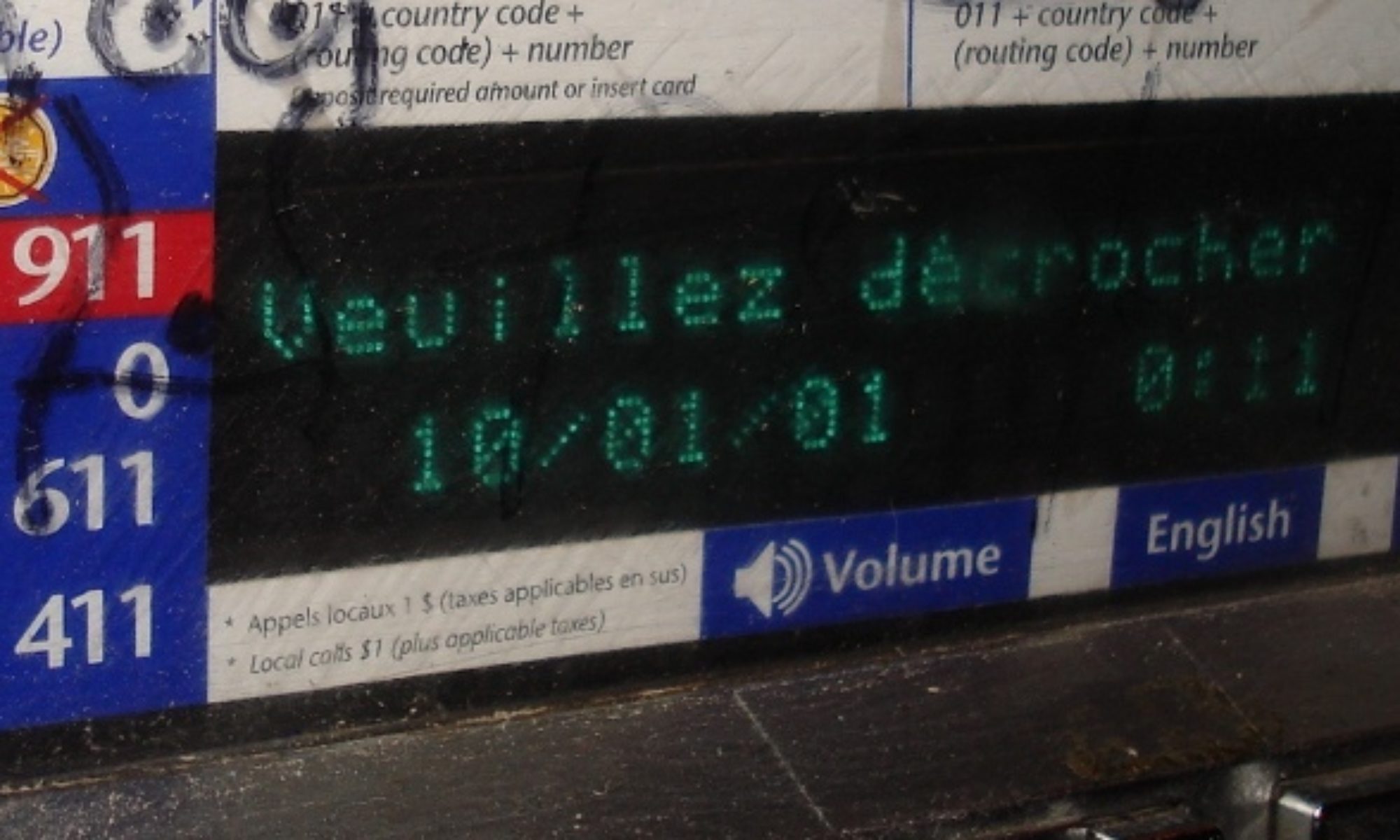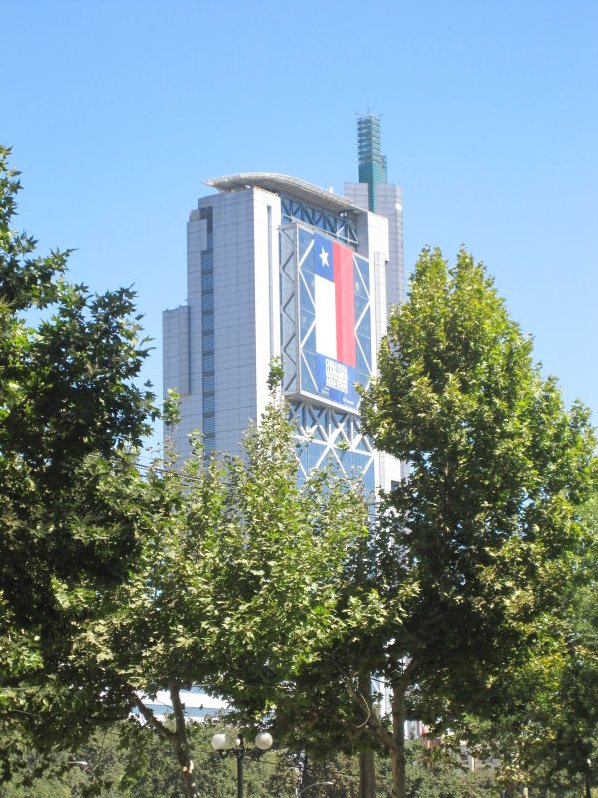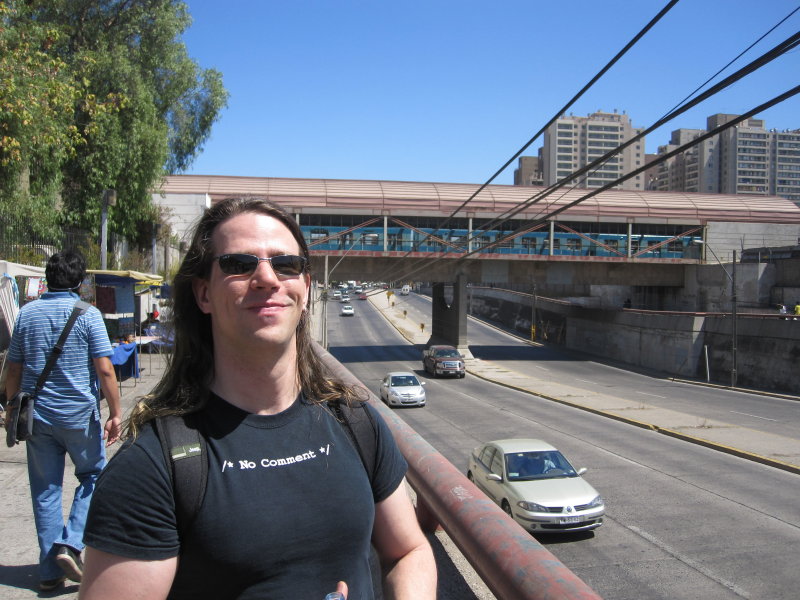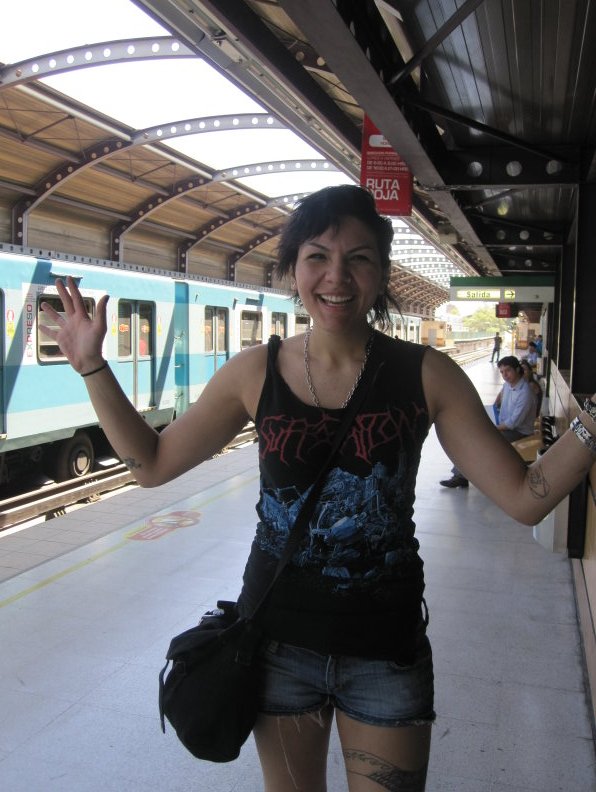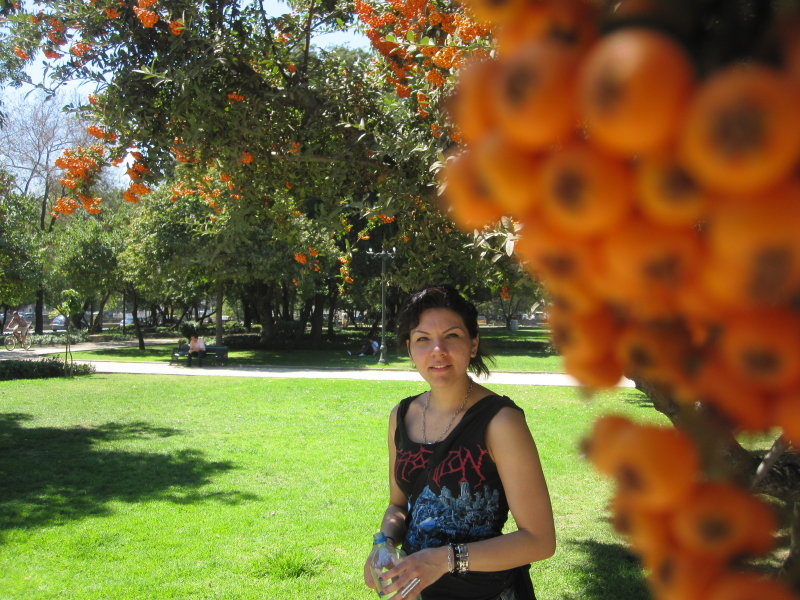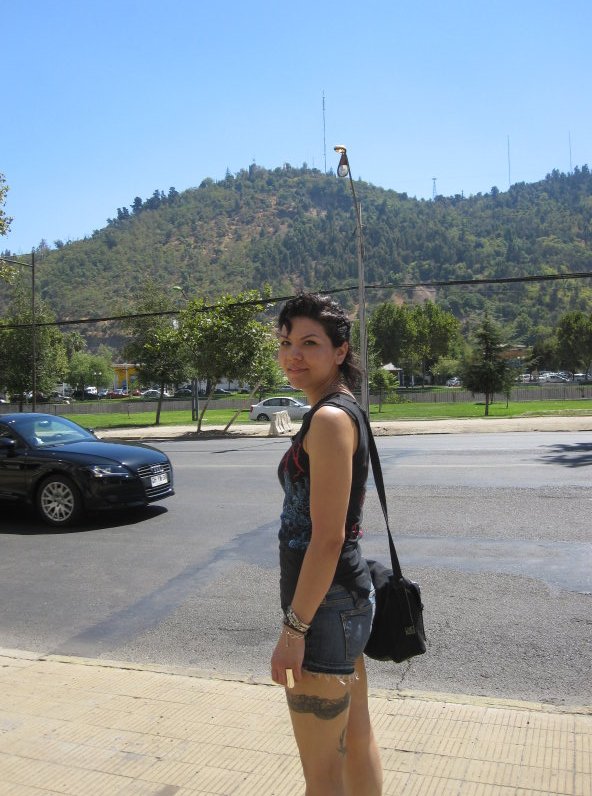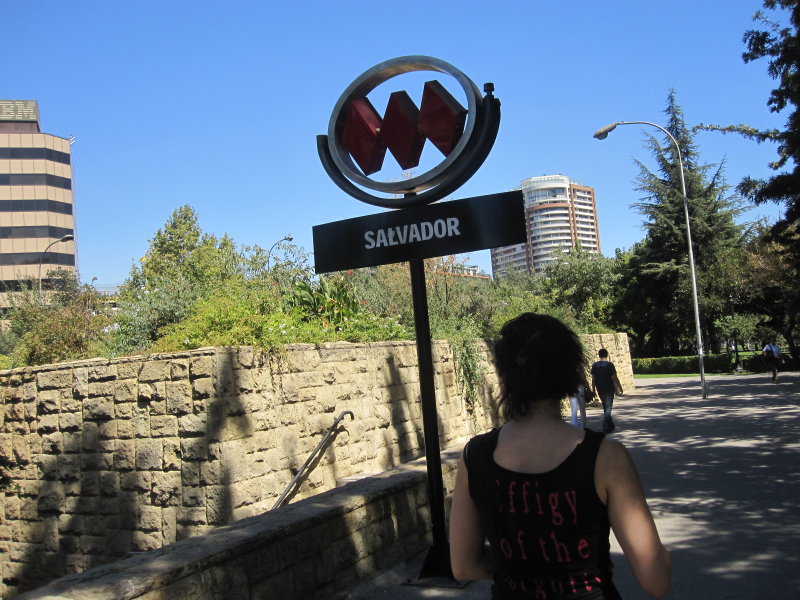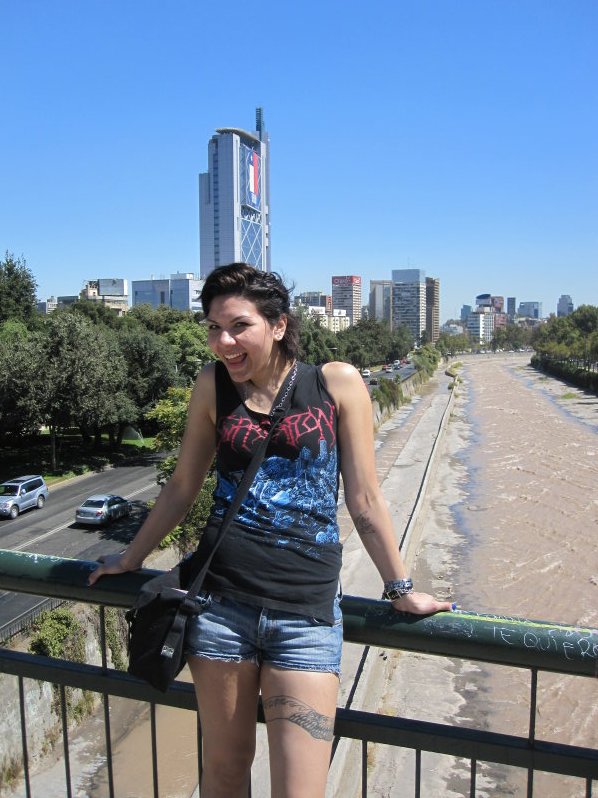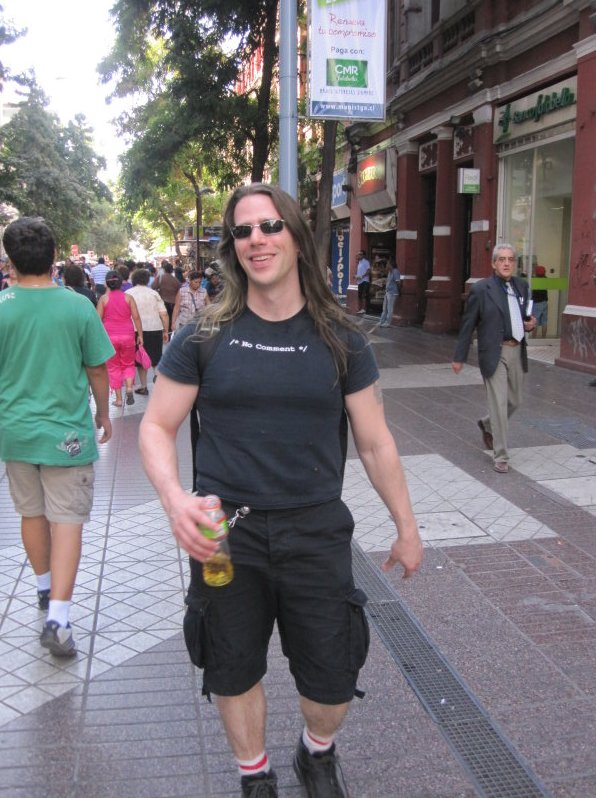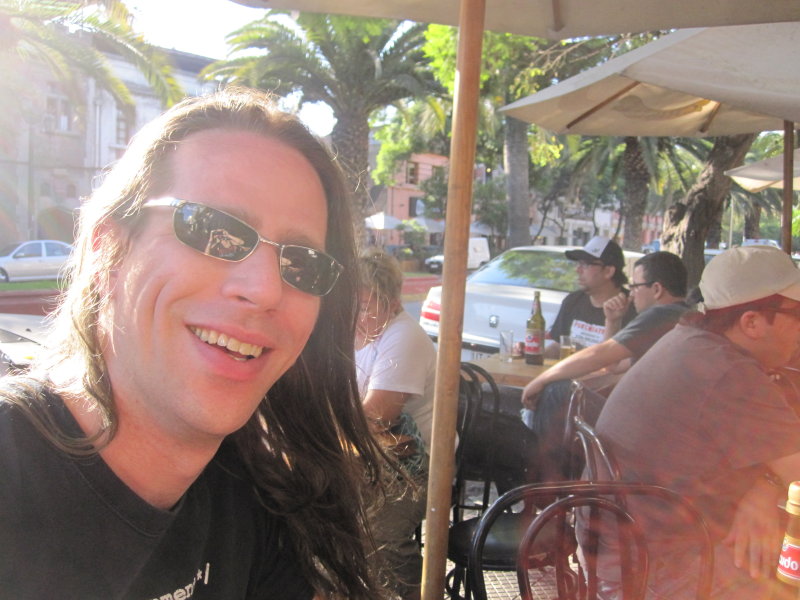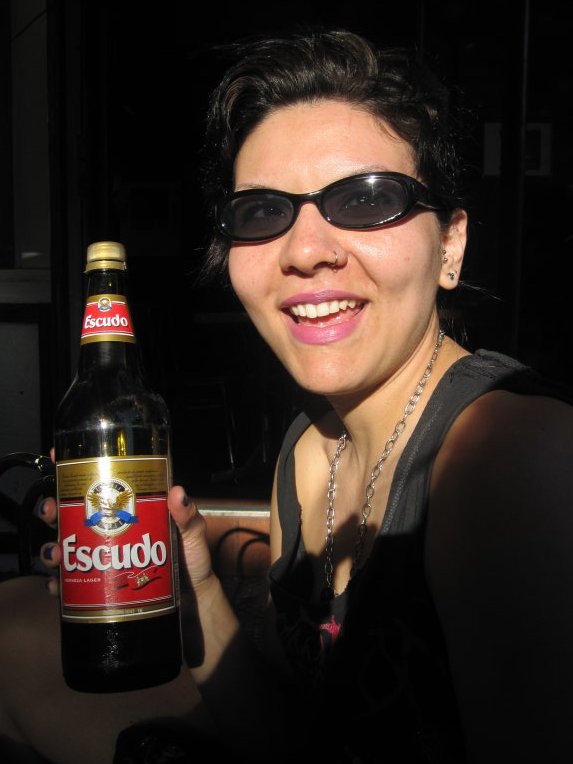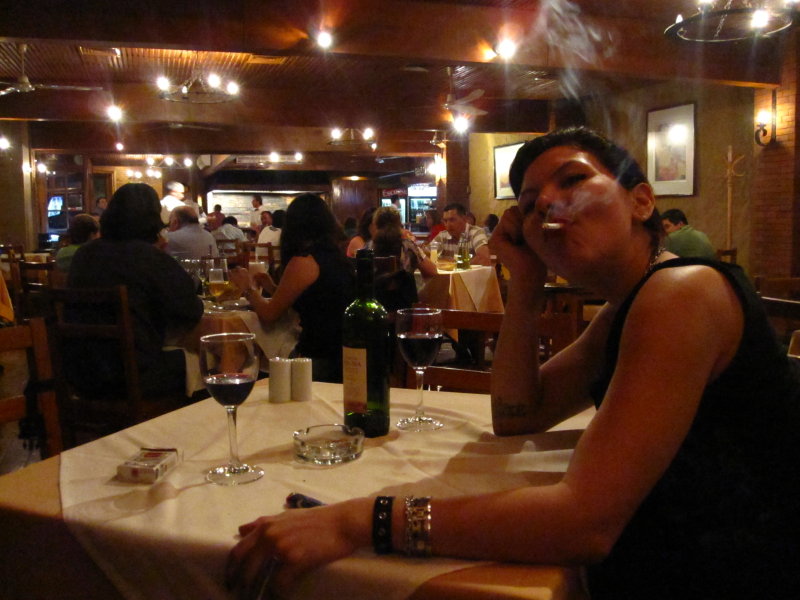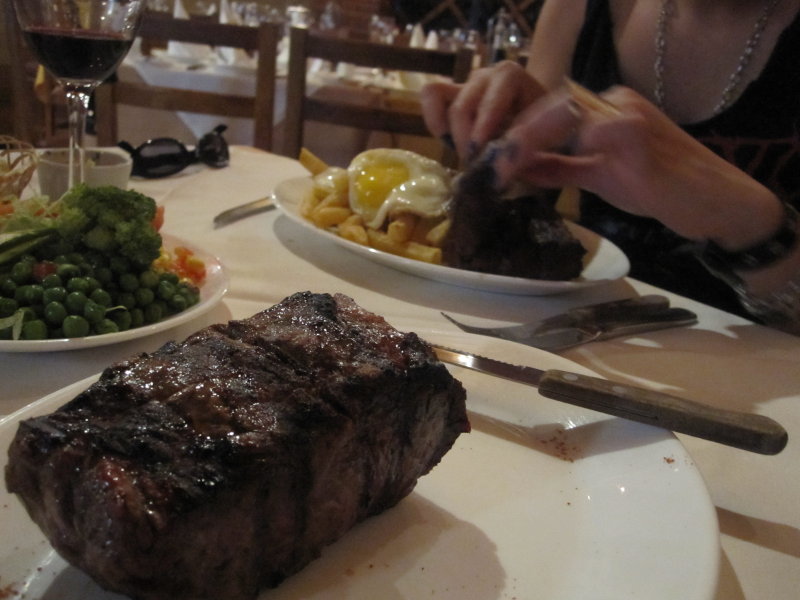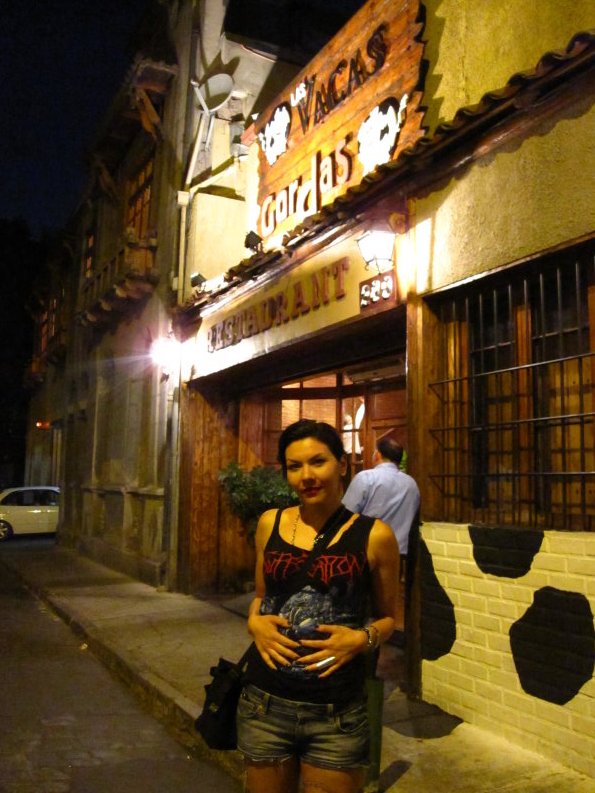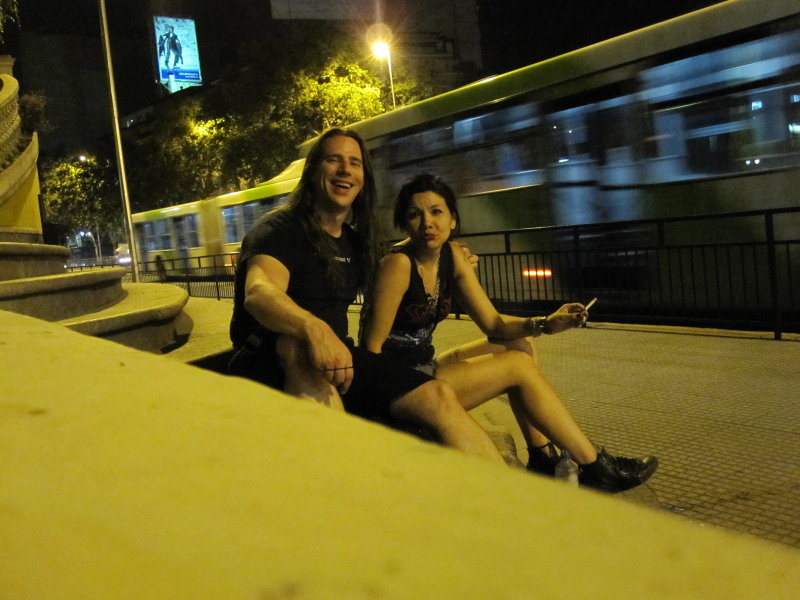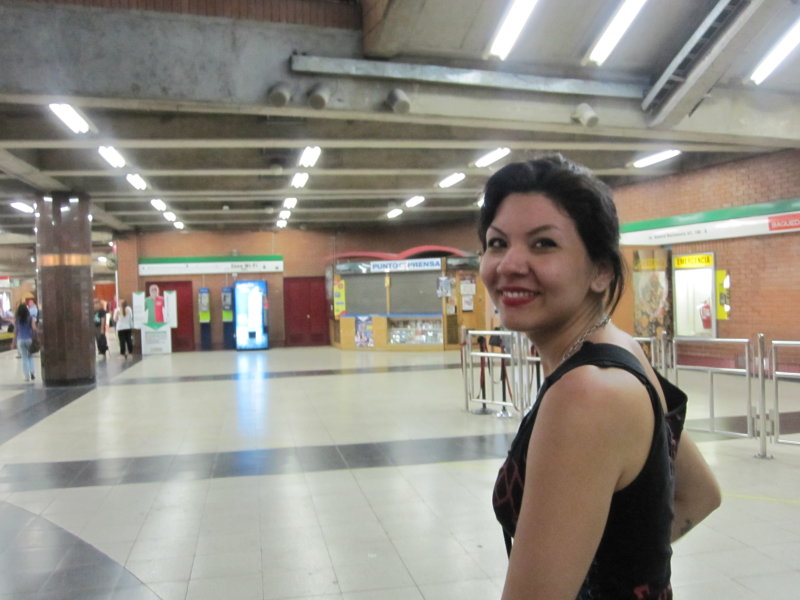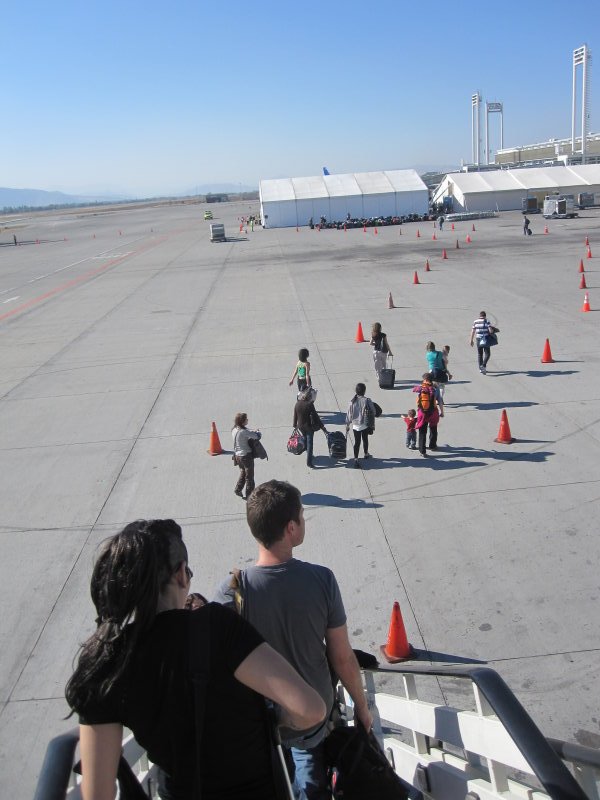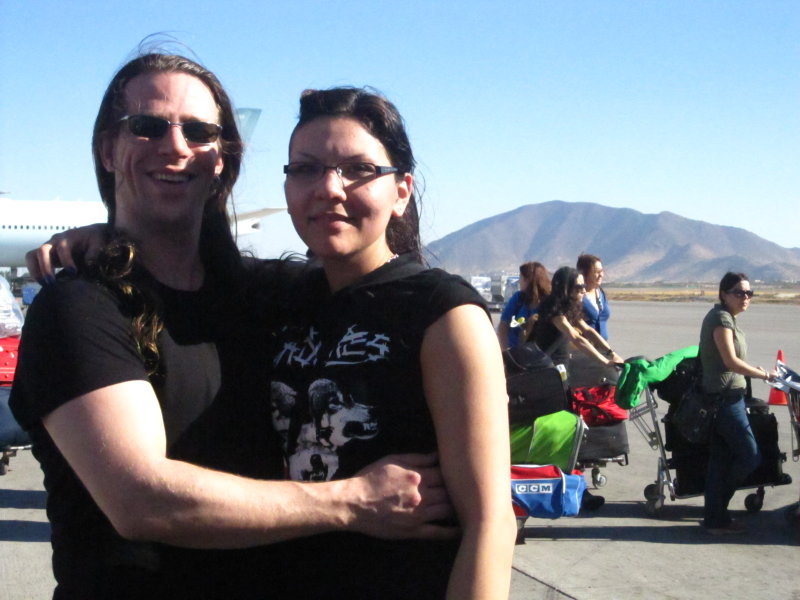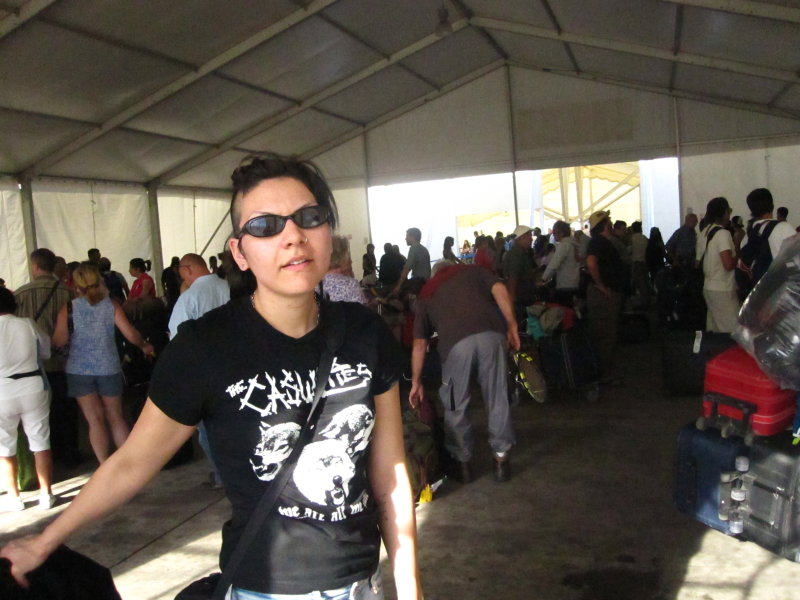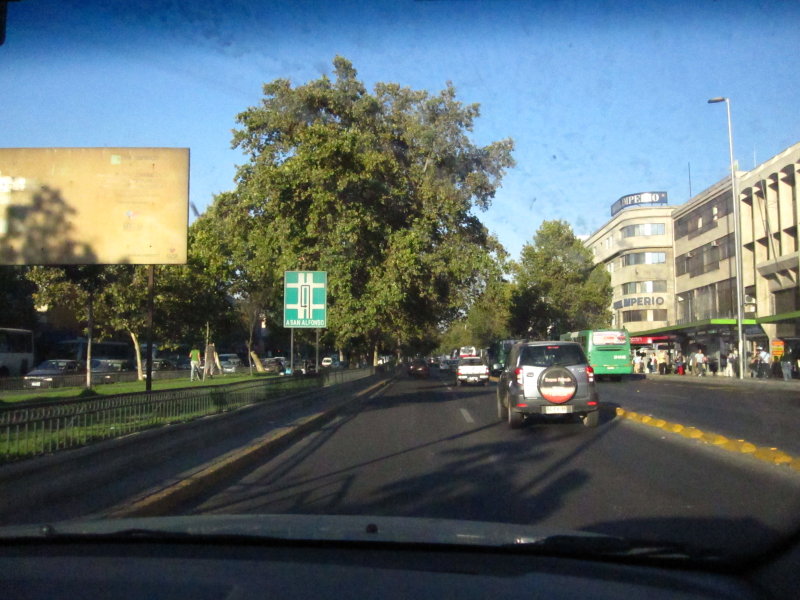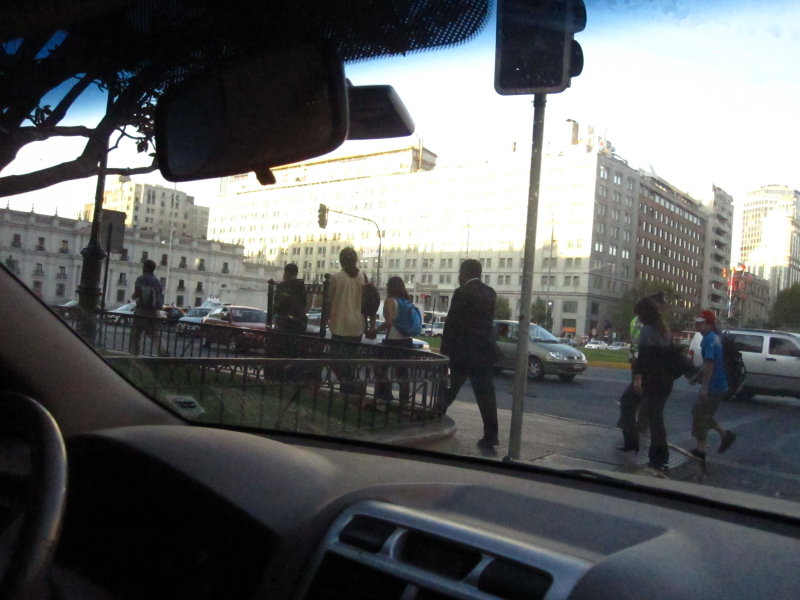2010-03-13

Tonight, we planned to be living it up in Barrio Brasil’s home of the traveler, la Casa Roja. First, we wanted a good breakfast and some supplies so we headed out for a second attempt at locating the local Lider.
The Lider chain is one of the big players in the supermercado business, along with Jumbo (who’s logo incorporates a Dumbo-like elephant), Unimarc and the smaller (and somehow grimier) Santa Isabel.
Lider has locations scattered throughout, regular sized stores are “Lider express” and giant behemoths that rival and surpass IKEA are “Hiper Lider”. They are big.
I always find it interesting that it’s in the cases where things are almost the same as at home, but not quite, that I feel the most perturbing sense of culture shock. I think it’s that the familiarity lulls you into an impression of the known and you let your guard down, then suddenly something surprises you, or just doesn’t jive. Add up enough of these little events, and my brain seems to react by assuming it’s in a dream state and feeling like I’m in some pseudo-reality, a little disconnected and giggly.
Obviously, the selection and branding are different. Would you like some GROSSOs (Chicle Globo) with that? How about some Lays french fries (stacked alongside the other chips but microwaveable), or some comfort for your butt?
It’s impossible to find milk—I mean fresh milk, not in a box made to last forever—but yogourt and cheese abound. It’s impossible to find coffee—I mean coffee grains, used by many to make coffee—but Nescafe and 50 brands of instant 100% arabica are available everywhere (even coffee shops are few and far between).
The hand baskets are like small luggage, with retractable handles and wheels. They’re really cool. The cash registers never have scales, so there’s a fruit&veggie guy somewhere who’ll bag and tag everything you want to buy in the section, even if it’s just one lemon, before you head to the cash. Same thing for the bakery section, though it’s another guy.
We headed back to HQ and packed up for our road trip trial run, and set out for the red house.

La Casa Roja, situated in the heart of Barrio Brasil at Brasil and Augustinas, is a hostel in a huge restored casona. I have no idea how many rooms it has, but there are many, and it has loads of common spaces: TV rooms, internet center with workstations, living rooms for lounging around, tables in inner yards, a back yard with a swimming pool… all in a beautiful setting, a slight creak and breeze following you everywhere you go, with wood and ornamentation everywhere and windows and patio doors open on the beautiful weather at every turn. I’d say we liked the place.
We rented a double room (with bathroom) for about USD35 a night: a steal for the quality of this place. The room was clean, private and comfortable, but much of the fun happens in the halls and yards.
One thing Santiago is lacking is swimming pools and, though most locals consider the summer pretty much over, on 25 to 30 degree sunny days we were itching for some splashing. So the first thing we did was to take a dip in the back yard pool.


Not an Olympic swimming pool, but a nicely designed on with a smaller Jacuzzi-type basin feeding into the deep end, with a bar providing service in the water on the other end. Ah, enjoyable.
We spoke to a few travelers, students globe-trotting before getting tied down to another semester or real life and the like, and avoided a few others (namely, a group that were obviously from the same spot in the world as ourselves—we didn’t come all this way for more of the same, it seems).
By the time we had supper, Saturday night was upon us and it was time to dive into the action. Inquiring with the staff about suitable venues for our escapades was a bit of a disappointment. Having particular tastes, our choices seemed rather limited as a few of the bars we were relying on had disappeared or sold out to the 80s trend.
We were told that Oxido, a place we had both mentally bookmarked prior to arrival, might be of interest, and so we were off… to the other side of el centro, into Bellavista.
Oxido is a small club, with a smokey pub type tables-and-chairs section in front and a showroom in back. The ambiance is a noisy relaxed that is quite enjoyable with a good Russian beer ($1000 pesos for a litre!) and tar stick. A great spot was available, slightly elevated in the corner of the room, but only because it was a table with no seating. L asked two guys whether we could take two of their chairs and they promptly invited her to “take a seat, no problem, yeah!” Sorry, just want the chairs and we got a comfortable spot from which to observe the fauna.
We (really L, because with the noise I could hardly understand a word) struck up a conversation with the neighboring table. Turns out Ramon, a sixty year old with a good vibe and lots to say, was out having a beer with his youngest son and waiting impatiently to get a look at the show that was setting up in the other section. In the meantime, we all chatted about the state and future of Chile and the western world—Ramon seemed to have a worldview very much like our own, which is probably related to how we ended up in the same place on this Saturday night and was an all around cool guy.


After a good talk, and a few liters of Russian ale, we decided we weren’t going to close the bar on this night: turns out, on the weekends at least, the bars in the area close at 5 AM. W00t!! That’s a last call I can live with, just early enough to avoid the sun on your way back!
So we took walked back down across the rio, caught our first cab in the city(fast, so cheap and safe because tracked by GPS… uhm, hm… anyway, was cool) and headed back to our room in the red house. As we entered, we were invited to join the ongoing party at the bar in the back yard. Wow, I want to work in a hostel. A liter of Heineken later we’d had enough—the ambiance was cheerful and the people cool, but we were looking forward to some alone time followed by sleep uninterrupted by noise or light seeping in through paper-thin curtains and holes in the seems of the house.
